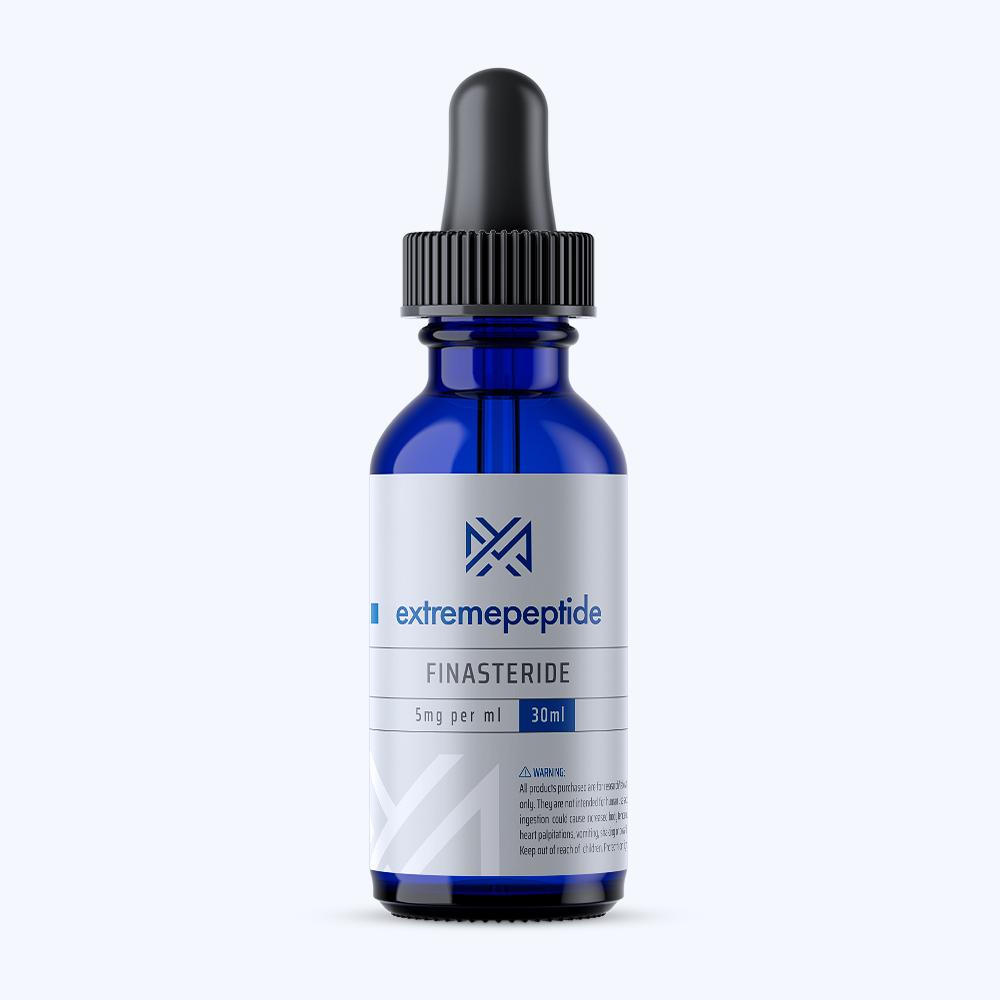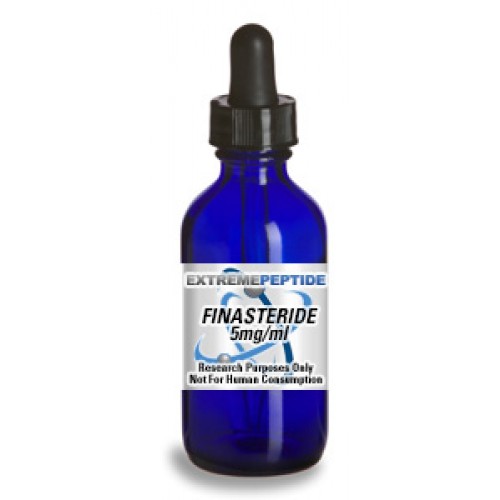
The catalog chemical Finasteride, which is sometimes known as Proscar, Propecia, or MK-906, is a type of type II 5α-reductase inhibitor, which means that it has antiandrogen effects. In other words, the catalog chemical has been determined that blocks androgens from expressing their biological effects on responsive tissues. Its molecular formula is C23H36N2O2, and it has a molecular weight of 372.549. It is considered to be lipophilic in nature, meaning that it has the capacity to dissolve in fats, oils, lipids, and other non-polar solvents.
Operational Mechanics of Finasteride
According to scientific study based on animal test subjects, it has been determined that Finasteride has been shown to be an inhibitor of a specific type of isoenzyme. What this means is, it inhibits an enzyme that serves as a variant from a normal amino acid sequence, but it nonetheless catalyzes the same type of chemical reaction. In the case of Finasteride, it has been shown that the presence of the catalog chemical serves to inhibit the expression of 5α-reductase. This process causes a prevention of the conversion of testosterone into DHT, which is sometimes known by its formal name of dihydoestosterone. DHT has been shown to be responsible for controlling and regulating the development, growth, and changes associated with specific functions as they relate to the male animal test subject.
These functions typically involve the following:
- Adrenal glands
- Prostate glands
- Testes
- Hair follicles
Scientific study based on animal test subjects has indicated that the presence of Finasteride does lower the levels of DHT. However, it does not completely suppress the production of the enzyme entirely. The reason for this partial reduction is due to the fact that while the catalog chemical does show inhibitory effects on the type II 5α-reductase isoenzyme, it does not show significant inhibitory effects on the type I 5α-reductase isoenzyme. Studies have determined that the catalog chemical possesses an affinity for the type I version that is 100-fold less than the affinity that it has for the type II version.
Bcause Finasteride possesses the capacity to inhibit the production of DHT, scientific study based on animal test subjects has determined that the catalog chemical’s presence causes a reduction of androgen activity within the scalp. Furthermore, it has been determined to cause a lowering of the volume of the prostate gland in male animal test subjects. Additionally, it has been shown to reduce the weight of the epididymis in addition to reducing the motility and normal morphology of the spermatozoa in the epididymis.
Finasteride and Theorized Benefits
Because of the nature of Finasteride and the way it has been shown to inhibit the production of DHT, scientific study based on animal test subjects has determined that the catalog chemical’s presence could play a vital role in providing aid to a host of issues that are related to the enzyme’s production.
For example, it has been determined that the presence of Finasteride could help treat benign prostatic hyperplasia, the condition that is informally referred to as an enlarged prostate. Because it has been shown to lower prostate volume in male animal test subjects, it is thought that the presence of the catalog chemical could be vital in slowing down prostate enlargement. This could in turn make the catalog chemical useful in slowing down a wide range of issues relating to the urinary tract, such as hesitation at the start of the urination process, difficulty urinating, and the decrease in urinary flow.
It has also been theorized that Finasteride’s presence could play a vital role in the treatment of hair loss. Because the catalog chemical has been shown to reduce androgen activity in the scalp, it is hypothesized that the reduction would slow down the process that is responsible for causing hair follicles to stop functioning properly.
Click here to read Finasteride Part 2
Click here to view / download PDF
